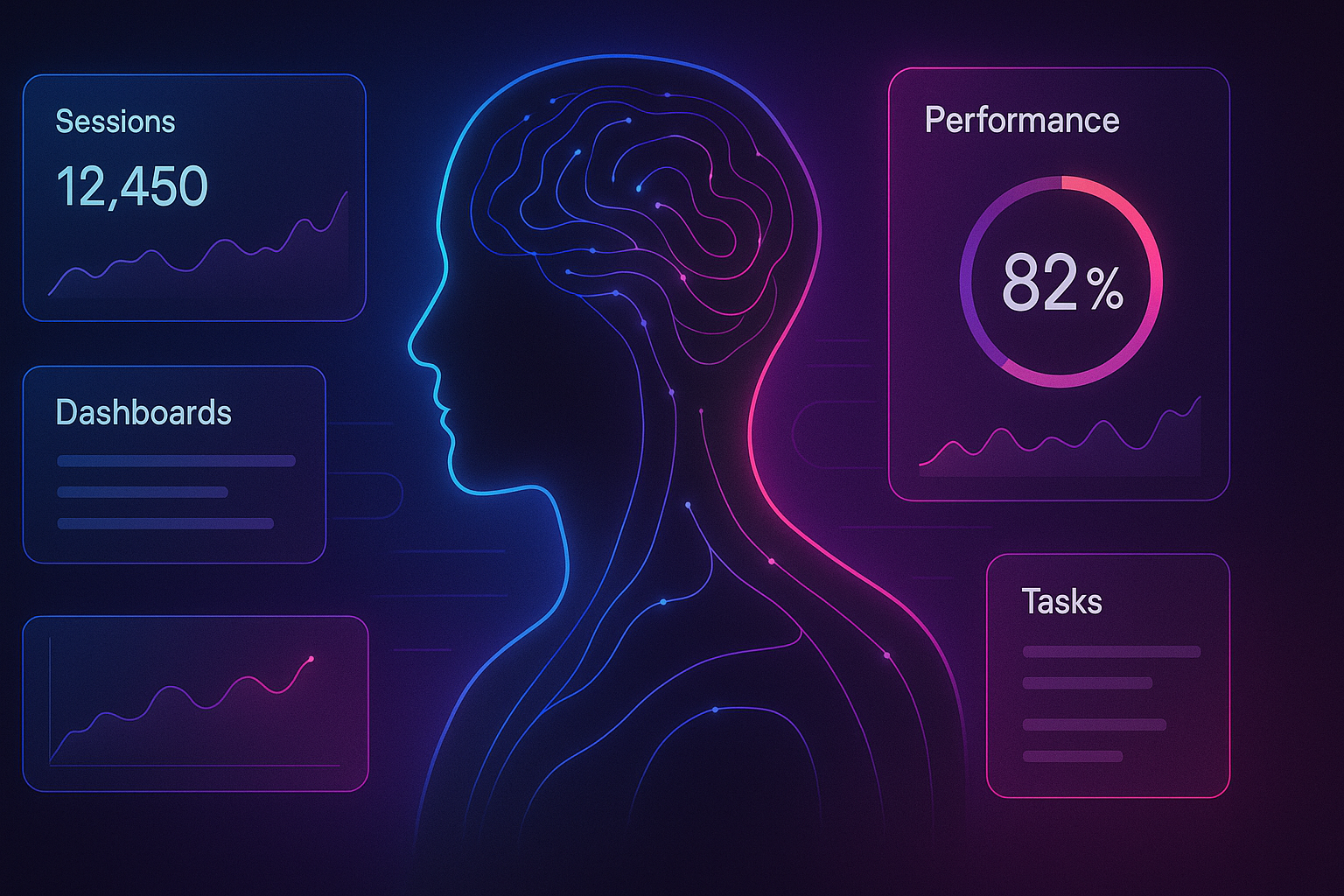

What if your operating system didn’t just follow your clicks — but understood your intent?
That’s the idea behind Void OS.
We didn’t just ask, “How do we make an OS smarter?”
We asked, “How do we make it feel like it’s thinking with you?”
Traditional OS UX (User Experience) is built around you doing all the work:
It’s reactive — and it’s exhausting.
In contrast, Void OS brings AI and UX together, so your system feels less like a static machine, and more like a co-pilot.
Void OS uses adaptive intelligence to observe and respond to how you work:
Void doesn’t replace you — it amplifies you.
It anticipates needs you didn’t realize you had. It removes clicks you didn’t need to make. It gives you time back — not in seconds, but in mental clarity.
This isn’t just smart UX.
This is UX with a mind of its own.
And it’s designed to sync with yours.
Everything in Void — from the terminal to the visuals — is built with intention:
Responsiveness. Fluidity. Personality.
It’s minimalist when you need quiet.
It’s maximal when you need power.
It moves with you — not ahead of you, not behind.
Operating systems were never supposed to be one-size-fits-all.
Void OS adapts to you — not the other way around.
And once you feel what it’s like to work with your OS instead of on top of it —
you’ll never go back.